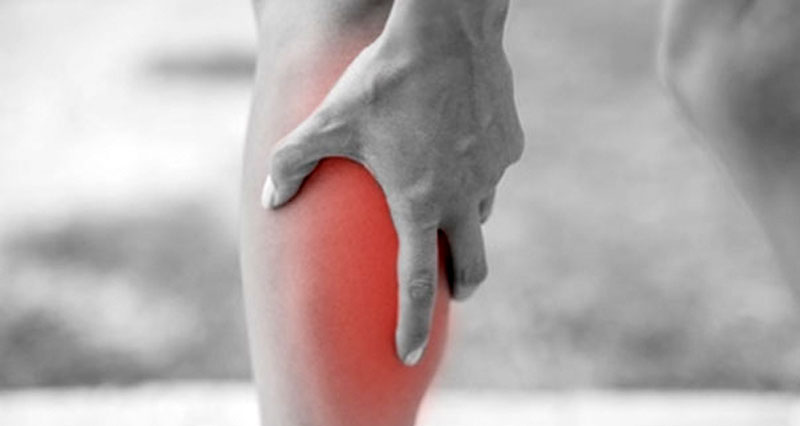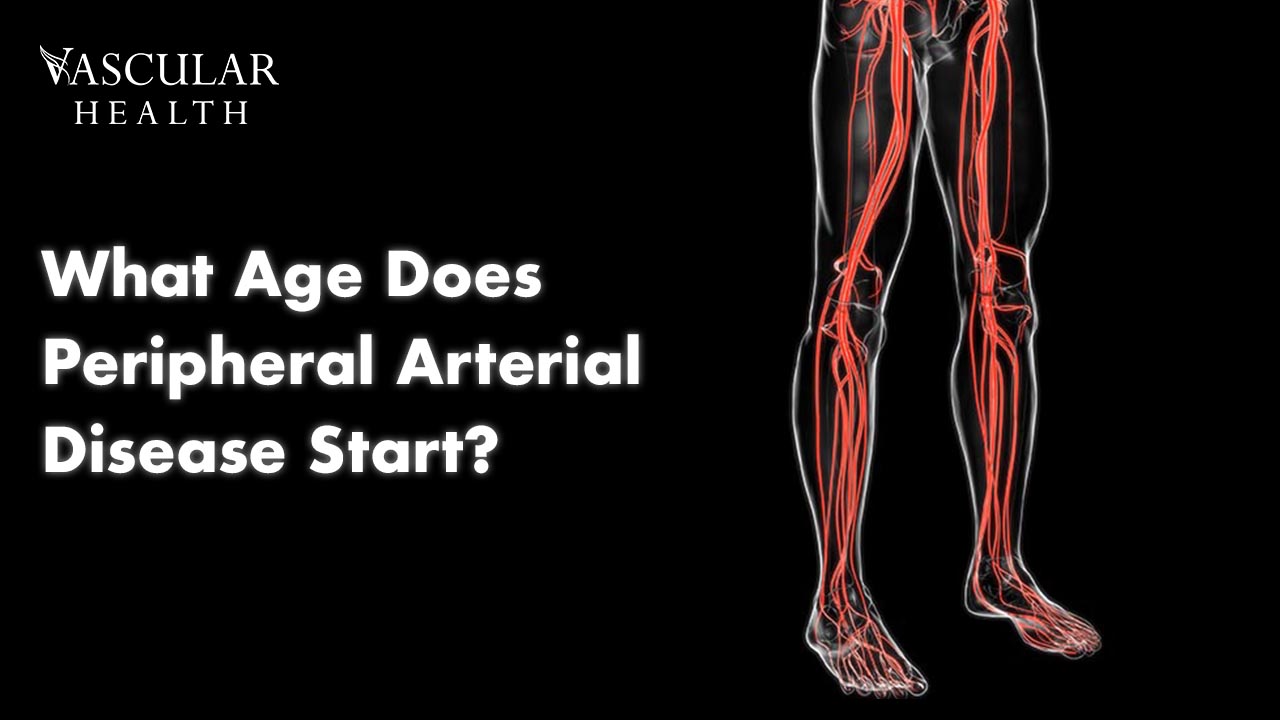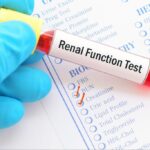Peripheral artery disease is a circulatory condition affecting most of the population worldwide. It occurs when a build-up of plaques formed by high cholesterol, fats, or triglycerides narrows the arteries, restricting blood flow to the limbs, which commonly include the legs. It predominantly affects older people, and the age at which it starts to manifest can vary depending on several factors. However, the question is still there, “What Age Does PAD Start?”
Since many people do not exhibit symptoms until the disease has advanced, the onset is frequently subtle. However, the development of PAD is influenced by several factors that include unhealthy lifestyle choices, pre-existing health conditions, and mainly age.
What Age Does PAD Start?
Age is a significant risk factor for peripheral artery disease – as an individual grows older, the likelihood of developing the condition increases significantly. While peripheral artery disease or PAD can affect a person at any age, it’s more prevalent in older adults, particularly people over the age of 50. According to some studies, the prevalence doubles with each decade of life after turning 50.
It is essential to recognize that age is not the only factor determining the onset of PAD. However, some lifestyle factors, such as poor diet, smoking, and sedentary behavior, can worsen a person’s state and lead to the development of PAD.

PAD and Adults
Adults with certain pre-existing health conditions are at great risk of developing peripheral artery disease at a younger age. These conditions, such as diabetes, high cholesterol levels, hypertension, and obesity, can all contribute to the development of PAD as well as the progression of the disease. At certain ages, these conditions often coexist and lead to an earlier onset and more severe manifestation of PAD.
PAD at Young Age
If a person develops PAD at a young age, it can be due to genetics. Genetics is one of the key elements in identifying a person’s chances of developing PAD. For instance, a family with a long history of cardiovascular diseases and illnesses might affect their younger generation in a way that could cause them to develop PAD at a younger age.
It is not clinically proven at what age a person can develop peripheral artery disease, but early detection and intervention are important in managing the disease and reducing the risk of various complications that arise with PAD, such as limb ischemia. At any age, if you encounter any symptoms, such as leg pain, numbness, severe cramping, weakness, or fatigue, mainly during physical activities, you should consult a vascular specialist.
In conclusion, although peripheral artery disease predominantly affects older adults, the age at which it begins to manifest can be different depending on risk factors and genetic predispositions. By adopting a healthy lifestyle and properly addressing underlying risk factors, individuals of any age can reduce the risk of developing peripheral artery disease and maintain optimal vascular health.




